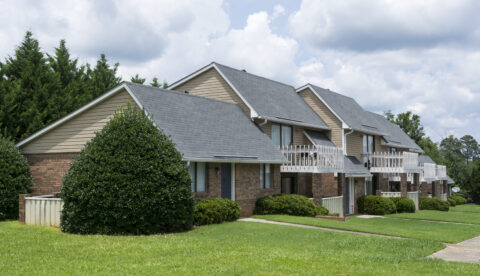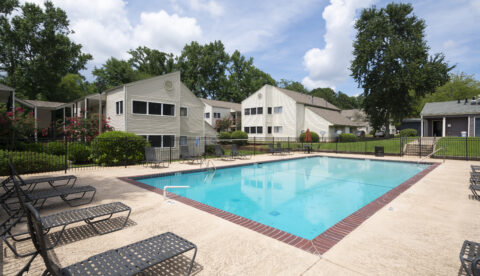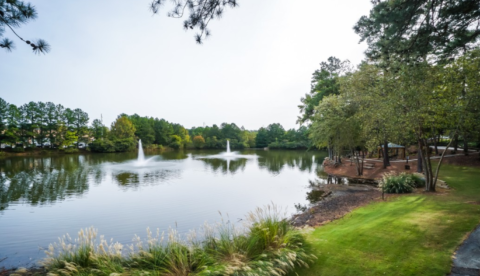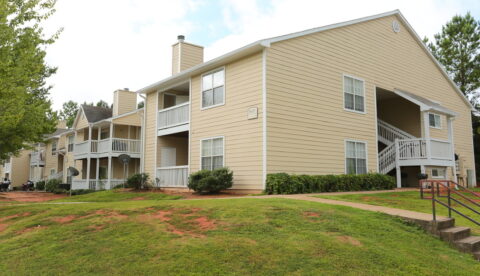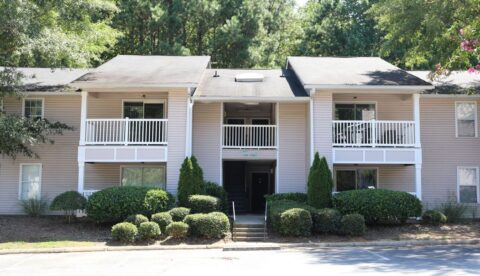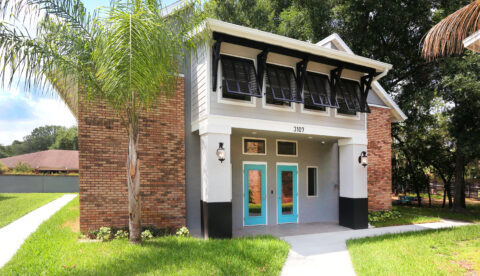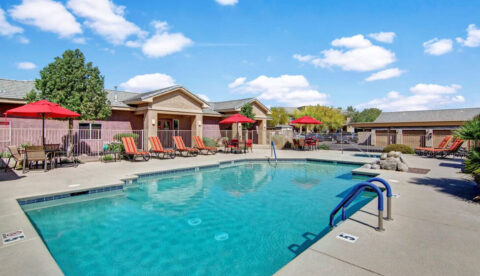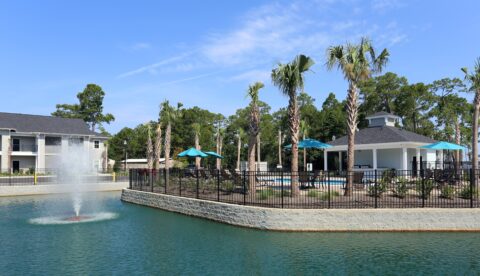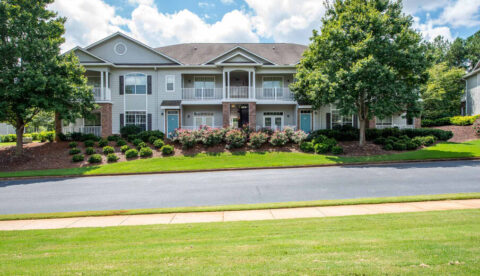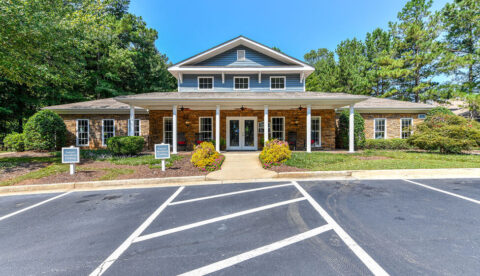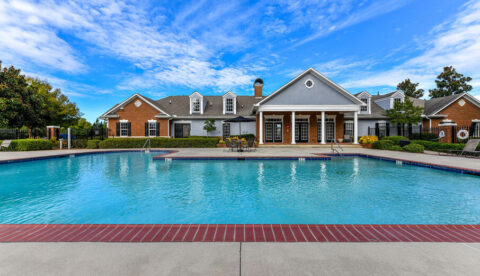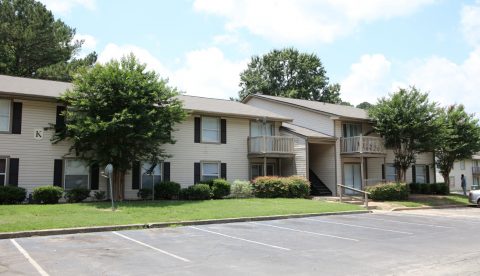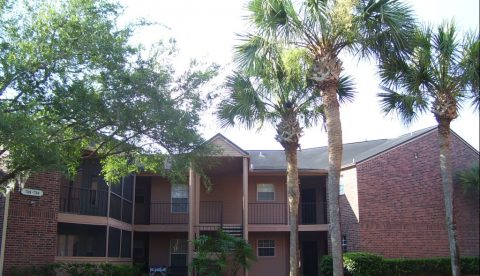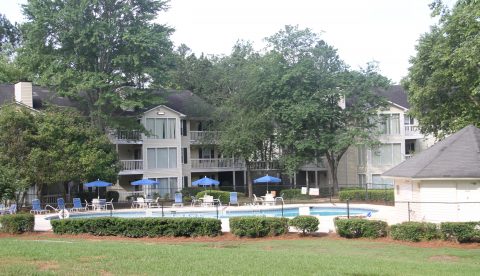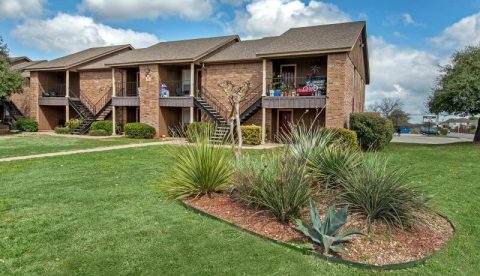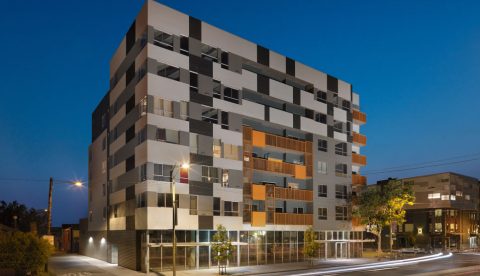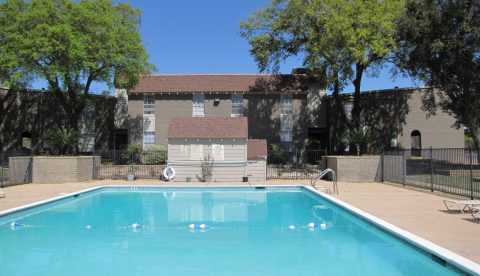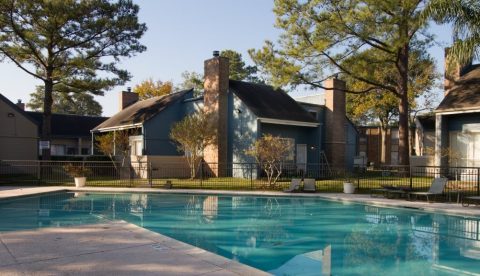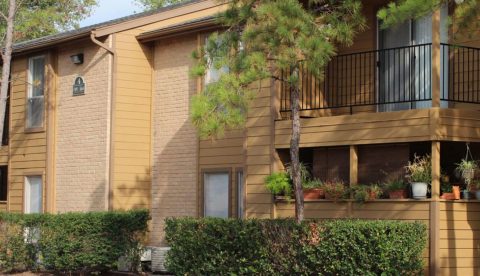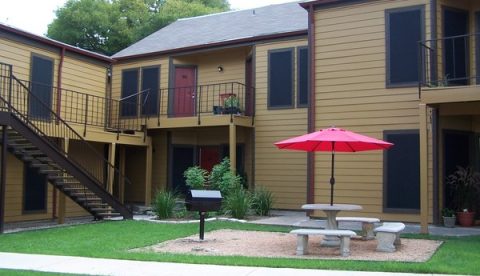Is it Worth it to Invest in a Multifamily Fixer-Upper?

Maybe you’re one of those enterprising people who’s taken a barely habitable single-family dwelling, incorporated raw materials, lubricated them with elbow grease, and turned that house into a palace that tenants are lining up to rent – a specimen worthy of an Architectural Digest feature.
Turning a fixer-upper into a showpiece is rewarding, and not just for the direct monetary benefits.
Once you’ve established that you can generate regularly scheduled cash flow through passive means, it’s hard to go back to earning money exclusively through salary. Once you create your first winning real estate investment, it blazes a trail to create more advanced and potentially more lucrative investments.
It’s Called an Apartment “Complex” For a Reason

It’s tempting to believe that you can take the lessons learned while rehabilitating a single-family unit, and extend that expertise and knowledge to a multifamily property, as if the process is merely a matter of scale. But multifamily properties that need repairs and improvements to become marketable also throw down challenges that single-family landlords never need to concern themselves with.
A homeowner understands that the moment she buys a house, the renovations that came with it immediately become fixed and dated. Which is fine. It’s part of home ownership. Should the homeowner want a new pressure-treated wooden deck, or the latest backsplash made of brushed aluminum, she’s welcome to either buy them at her leisure or do without them. Either choice is less work than selling the house and purchasing a newer model, especially when tied to a 30-year mortgage.
Not so for the renter, who always has the luxury of chasing the most modern of conveniences, just as soon as his lease expires. Nor does the renter have to make a large capital investment to use and enjoy them, either. It’s not much of an exaggeration to say that a multifamily property that’s being rented out to tenants is only as good as its most recent improvement.
Think Before You Buy
From a landlord’s perspective, renovations might be attractive and carry the likelihood of increased rents. But different renovations prompt different returns. In a vacuum, replacing the linoleum floors in an apartment building with oak is going to provide a richer return on investment than, say, installing a tennis court that covers 5000 square feet of valuable real estate and that no one’s going to use.
Like any other investment, your success in upgrading a multifamily property is contingent not merely on how much money you spend, but on what you spend it on. And when.
In a large enough multifamily property, one with dozens (or hundreds) of units, renovation time is critical. Reflexively hiring the contractor who offers the lowest bid can be a critical mistake. Often it’s better to go with the contractor who charges more, but who’ll do the job in less time, thus allowing you to start renting units out again faster and reduce the time in which you’re not taking in revenue.
Quiet Enjoyment

Minimizing the inconvenience to existing tenants is also important when making improvements. Say you’re repairing a seawall on an oceanfront condominium complex. Drilling holes, installing anchors and plugging leaks make this a project that can progress at the glacial rate of one foot per day. With a wide enough frontage, there’s the danger of reaching a critical mass of residents who will either demand to end their leases early and seek shelter elsewhere, or who’ll need to be placated by other expenditures on your part.
Will you have to temporarily reduce rents or offer other financial incentives? Ultimately, the increase in rent gain has to more than offset the investment cost. If the improvements you’re thinking about making don’t enable you to increase rents, it doesn’t make sense to do them.
Choose Your Rehabs Wisely

Not every multifamily fixer-upper is worth the effort. Even before looking at what improvements could be made, external characteristics can determine whether the rehabilitation will be an investment worth making. What are the demographics like in the surrounding neighborhood? While it isn’t always easy to predict which areas are ripe for gentrification, a smart real estate investor can anticipate the coming influx of more affluent residents before they start affecting market prices.
It’s not enough for a neighborhood to be filled with high earners. Instead, we look at the first derivative. How quickly are new high earners moving into the neighborhood? And how scarce, and diverse, are jobs? (Even more fundamentally, how scarce are residential units?)
Nothing is more frustrating than spending money on upgrades that aren’t even desirable. But the right improvements, where the tenant base will recognize the added value and be willing to pay higher rents for them, can add significant value to the property.
Even More Benefits
As a real estate investor, you’re also eligible for tax incentives that wage earners aren’t. Depending on the upgrades, and on what a proper cost segregation analysis determines, your investment can qualify for some accelerated depreciation, allowing you to deduct more of the expenses in the first years after the initial outlay. While you’ll be taxed at ordinary income rates on net rental income when you own the property, you’ll be able to enjoy the use of the sheltered income during the ownership period, and enjoy lower depreciation recapture rates once the property is sold.
Advanced financial maneuvers like this typically necessitate the use of both a good engineering firm and tax accountant. Or better yet, a private equity firm that hires the most knowledgeable engineering firms and tax accountants in the industry. And which has a longstanding record of success at analyzing multifamily properties, determining which ones are worth making major improvements to, and turning those multifamily properties into reliable long-term profit centers.




